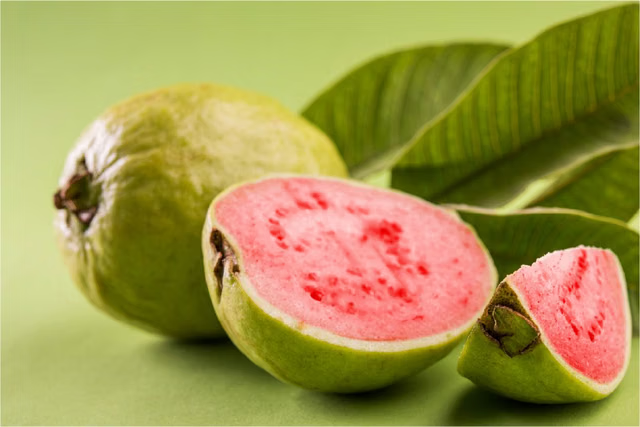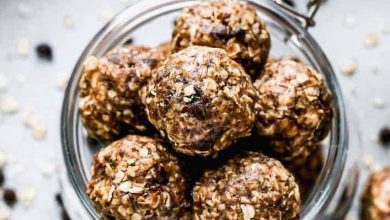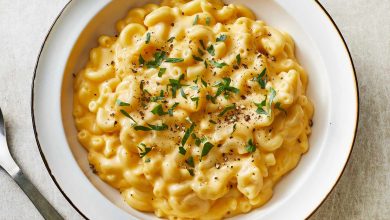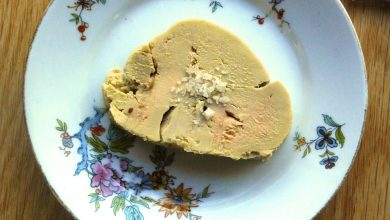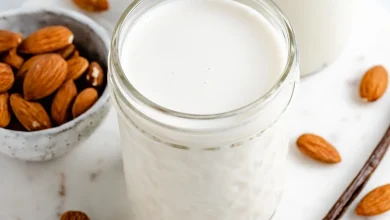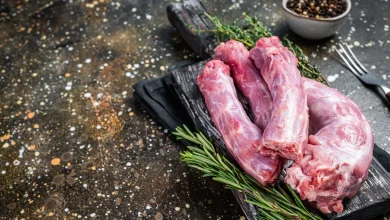Lamb Heart (Braised)
Description
Lamb heart is a nutrient-dense organ meat, rich in protein and various essential vitamins and minerals. It is a great source of iron, zinc, and B vitamins, especially B12, which plays a critical role in energy metabolism and the formation of red blood cells. The braised preparation method ensures that the lamb heart remains tender while enhancing its natural, rich flavor. A versatile ingredient, lamb heart can be used in a variety of dishes, from stews to casseroles, providing a hearty and satisfying meal.
Nutritional Information (Per 100g)
| Nutrient | Amount |
|---|---|
| Energy | 185 kcal |
| Protein | 24.97 g |
| Total Fat | 7.91 g |
| Saturated Fat | 3.14 g |
| Carbohydrates | 1.93 g |
| Fiber | 0.0 g |
| Sugar | 0.0 g |
| Calcium | 14.0 mg |
| Iron | 5.52 mg |
| Magnesium | 24.0 mg |
| Phosphorus | 254.0 mg |
| Potassium | 188.0 mg |
| Sodium | 63.0 mg |
| Zinc | 3.68 mg |
| Copper | 0.61 mcg |
| Manganese | 0.055 mg |
| Selenium | 47.0 mcg |
| Vitamin C | 7.0 mg |
| Thiamine (B1) | 0.17 mg |
| Riboflavin (B2) | 1.19 mg |
| Niacin (B3) | 4.36 mg |
| Vitamin B6 | 0.3 mg |
| Folate (B9) | 2.0 mcg |
| Vitamin B12 | 11.2 mcg |
| Vitamin A | 0.0 mcg |
| Vitamin E | 0.0 mg |
| Vitamin D2 | 0.0 mcg |
Allergen Information
Lamb heart does not contain common allergens such as gluten, dairy, or nuts. However, individuals with sensitivities to red meat or specific animal proteins should exercise caution. Always check for cross-contamination if preparing in shared kitchens.
Dietary Preferences
- Gluten-Free: Suitable for individuals with celiac disease or gluten sensitivities.
- Low-Carb: A great choice for low-carb or ketogenic diets, as it contains only a small amount of carbohydrates.
- High-Protein: Excellent for those following high-protein diets or seeking to build muscle mass.
- Paleo: Lamb heart is a whole food, making it compatible with a paleo diet.
- Carnivore: Ideal for those following a carnivore or meat-focused eating plan.
Preparation Advice
Braised lamb heart is an excellent way to tenderize and enrich the flavor of this often-overlooked cut. Begin by searing the heart in a hot pan to lock in the juices. Afterward, simmer it in a flavorful broth or sauce to ensure it becomes tender and succulent. This cut pairs wonderfully with root vegetables and hearty grains, and can also be chopped into small pieces for use in stews or pies.
Given the high iron content, lamb heart is a great option for those seeking to boost their iron intake, particularly individuals who suffer from anemia or those on meat-based diets. However, it is important to enjoy organ meats in moderation due to their concentrated nutrient content.
Conclusion
Lamb heart is a highly nutritious and flavorful cut of meat that can serve as a unique addition to your culinary repertoire. It offers a variety of vitamins and minerals, including high levels of iron, zinc, and vitamin B12, while remaining low in carbohydrates. Perfect for those following a high-protein, gluten-free, or paleo diet, lamb heart can be prepared in numerous ways to create a nourishing, hearty meal. Its rich, savory flavor makes it a versatile ingredient that pairs well with a range of vegetables and grains, giving you endless possibilities to explore in the kitchen.



